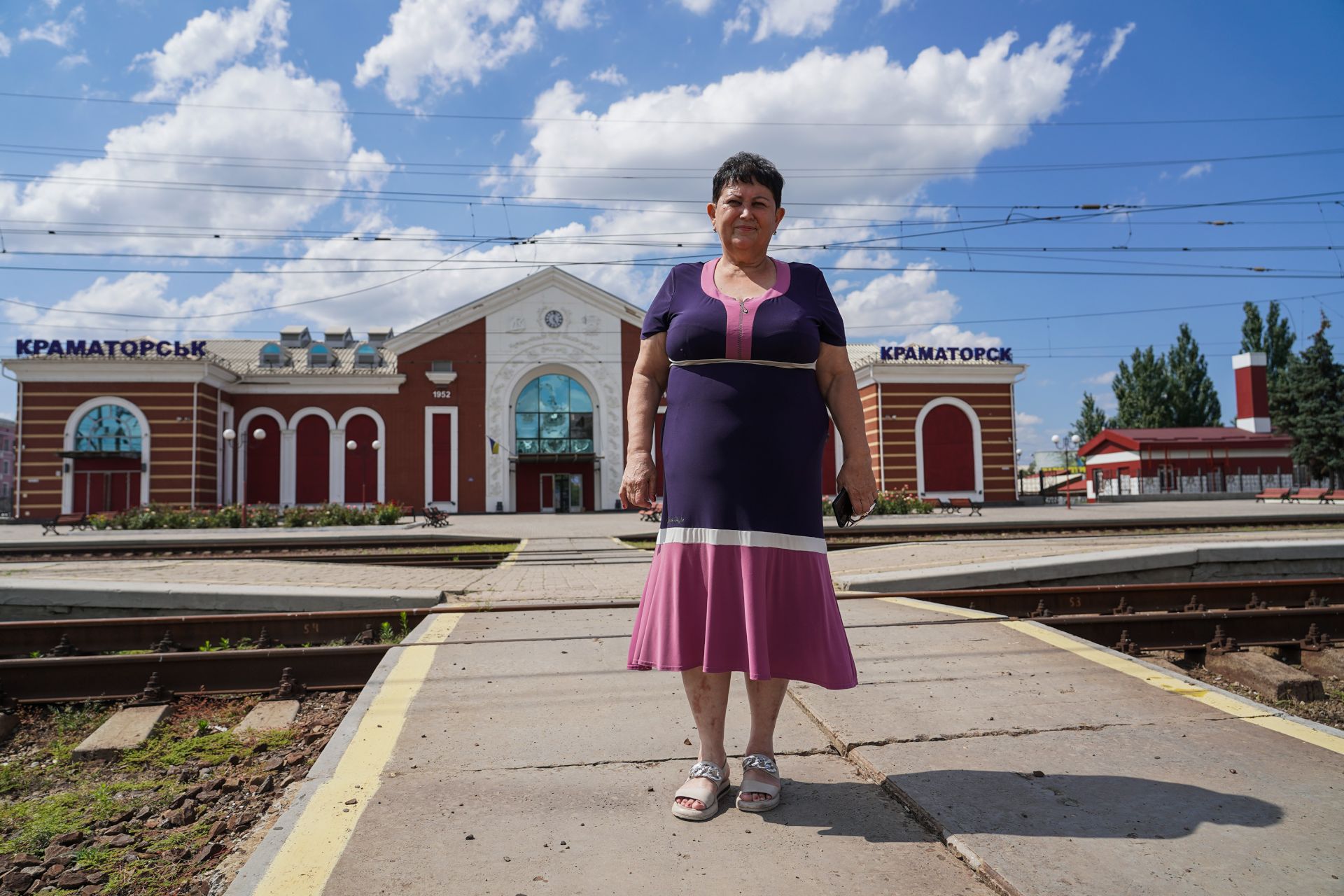Listen to this story
In the first weeks of Russia’s full-scale invasion of Ukraine, residents from the frontline cities belonging to the eastern regions of Donetsk and Luhansk feared that each day would be their last before Russian occupation. It soon became clear that the only way to evacuate large numbers of people westward toward safety was by railway.
The Ukrainian authorities hoped to create “green corridors” for the millions of civilians fleeing the violence, but the siege of Mariupol, a southern port city, showed that organized convoys of cars were not able to leave, while civilians who left alone risked coming under fire.
The main departure point in the east quickly became the red-brick railway station in Kramatorsk in the Donetsk region, the largest city farthest from the hostilities. Several dozen volunteers coordinated the constant flow of passengers who arrived from the combat zones, often shocked and disoriented. No tickets were needed or issued; volunteers directed people to a large tent where they could get cups of steaming tea. Lining up to get onto the trains could turn into a battle for survival: Sometimes, those who were fitter pushed the weaker passengers out of the line, volunteers recalled. Create a free account to continue reading Already a New Lines member? Log in here Create an account to access exclusive content.




